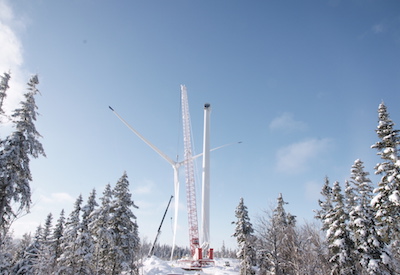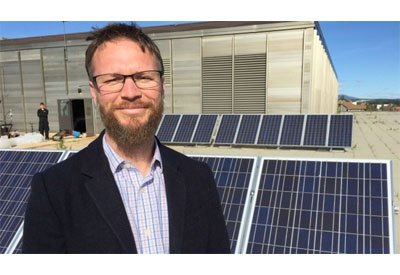Analysts Skeptical Ontario Will Meet 2020 Electric Vehicle Target

December 7, 2017
Ontario is envisioning a future in which millions of electric vehicles are on the roads, but analysts predict consumer uptake will remain far off the government target for 2020, despite tens of millions of dollars in subsidies.
The Liberal government has been encouraging electric vehicle sales by doling out $75 million in rebates to vehicle owners, offering various other incentives and programs, installing a network of charging stations and spending $1 million to open an electric vehicle education centre.
But that so far hasn’t translated into vast numbers of vehicles. The official data for 2017 isn’t yet available, but at the end of last year, electric vehicles represented less than one per cent of all passenger vehicle sales in Ontario.
In just two years, by 2020, the government hopes to see that number increase to five per cent.
It can’t be done, analysts say.
“The chances of meeting it aren’t low, they’re zero,” said auto industry analyst Dennis DesRosiers. “In the auto sector all roads lead to electric, it just happens to be that the road to serious acceptance of them is probably at least 2030 and more likely 2040, 2050.”
Tony Faria, an auto industry analyst at the University of Windsor, agrees that Ontario won’t meet its goal by 2020.
“We will almost assuredly get to five per cent electric vehicles purchased or on the road at some point in time, it’s just not going to be in the next couple of years,” he said. “We’re really wedded to our gasoline-driven vehicles because of the flexibility they give us distance wise, amazing availability of where you can fill up and so on.”
Range anxiety — a fear that an electric vehicle would run out of charge somewhere far from a charging station — is cited by analysts, the industry and government as one of the main reasons more people haven’t yet switched to electric vehicles.
The government announced in July 2016 that it would spend $20 million to build a network of 500 public charging stations along highways and at public places across the province by March 31, 2017.
But now, more than eight months after that self-imposed deadline, just two-thirds of the stations are in use.
Read the full article here: http://www.cbc.ca/news/canada/toronto/ontario-electric-vehicle-target-2020-1.4430760















